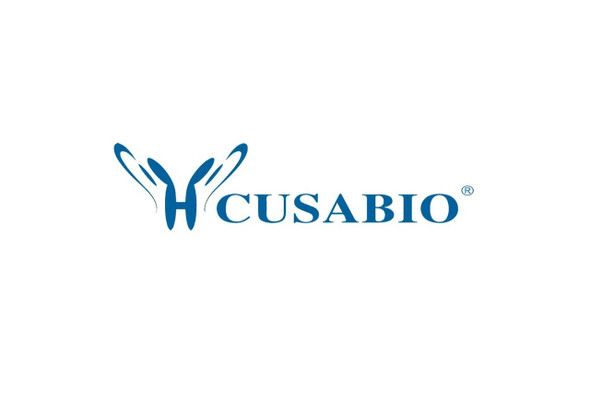Cusabio Polyclonal Antibodies
COMMD1 Antibody | CSB-PA818712LA01HU
- SKU:
- CSB-PA818712LA01HU
- Availability:
- 3 to 7 Working Days
Description
COMMD1 Antibody | CSB-PA818712LA01HU | Cusabio
COMMD1 Antibody is Available at Gentaur Genprice with the fastest delivery.
Online Order Payment is possible or send quotation to info@gentaur.com.
Product Type: Polyclonal Antibody
Target Names: COMMD1
Aliases: COMM domain-containing protein 1 (Protein Murr1), COMMD1, C2orf5 MURR1
Background: Proposed scaffold protein that is implicated in diverse physiological processes and whose function may be in part linked to its ability to regulate ubiquitination of specific cellular proteins. Can modulate activity of cullin-RING E3 ubiquitin ligase (CRL) complexes by displacing CAND1; in vitro promotes CRL E3 activity and dissociates CAND1 from CUL1 and CUL2 (PubMed:21778237) . Promotes ubiquitination of NF-kappa-B subunit RELA and its subsequent proteasomal degradation. Down-regulates NF-kappa-B activity (PubMed:15799966, PubMed:17183367, PubMed:20048074) . Involved in the regulation of membrane expression and ubiquitination of SLC12A2 (PubMed:23515529) . Modulates Na (+) transport in epithelial cells by regulation of apical cell surface expression of amiloride-sensitive sodium channel (ENaC) subunits and by promoting their ubiquitination presumably involving NEDD4L. Promotes the localization of SCNN1D to recycling endosomes (PubMed:14645214, PubMed:20237237, PubMed:21741370) . Promotes CFTR cell surface expression through regulation of its ubiquitination (PubMed:21483833) . Down-regulates SOD1 activity by interfering with its homodimerization (PubMed:20595380) . Plays a role in copper ion homeostasis. Involved in copper-dependent ATP7A trafficking between the trans-Golgi network and vesicles in the cell periphery; the function is proposed to depend on its association within the CCC complex and cooperation with the WASH complex on early endosomes (PubMed:25355947) . Can bind one copper ion per monomer (PubMed:17309234) . May function to facilitate biliary copper excretion within hepatocytes. Binds to phosphatidylinositol 4, 5-bisphosphate (PtdIns (4, 5) P2) (PubMed:18940794) . Involved in the regulation of HIF1A-mediated transcription; competes with ARNT/Hif-1-beta for binding to HIF1A resulting in decreased DNA binding and impaired transcriptional activation by HIF-1 (PubMed:20458141) .
Isotype: IgG
Conjugate: Non-conjugated
Clonality: Polyclonal
Uniport ID: Q8N668
Host Species: Rabbit
Species Reactivity: Human, Mouse
Immunogen: Recombinant Human COMM domain-containing protein 1 protein (2-190AA)
Immunogen Species: Human
Applications: ELISA, WB, IHC, IF
Tested Applications: ELISA, WB, IHC, IF; Recommended dilution: WB:1:1000-1:5000, IHC:1:20-1:200, IF:1:50-1:200
Purification Method: >95%, Protein G purified
Dilution Ratio1: ELISA:1:2000-1:10000
Dilution Ratio2: WB:1:1000-1:5000
Dilution Ratio3: IHC:1:20-1:200
Dilution Ratio4: IF:1:50-1:200
Dilution Ratio5:
Dilution Ratio6:
Buffer: Preservative: 0.03% Proclin 300
Constituents: 50% Glycerol, 0.01M PBS, PH 7.4
Form: Liquid
Storage: Upon receipt, store at -20°C or -80°C. Avoid repeated freeze.
Initial Research Areas: Epigenetics and Nuclear Signaling
Research Areas: Epigenetics & Nuclear Signaling;Cancer;Metabolism;Signal transduction















